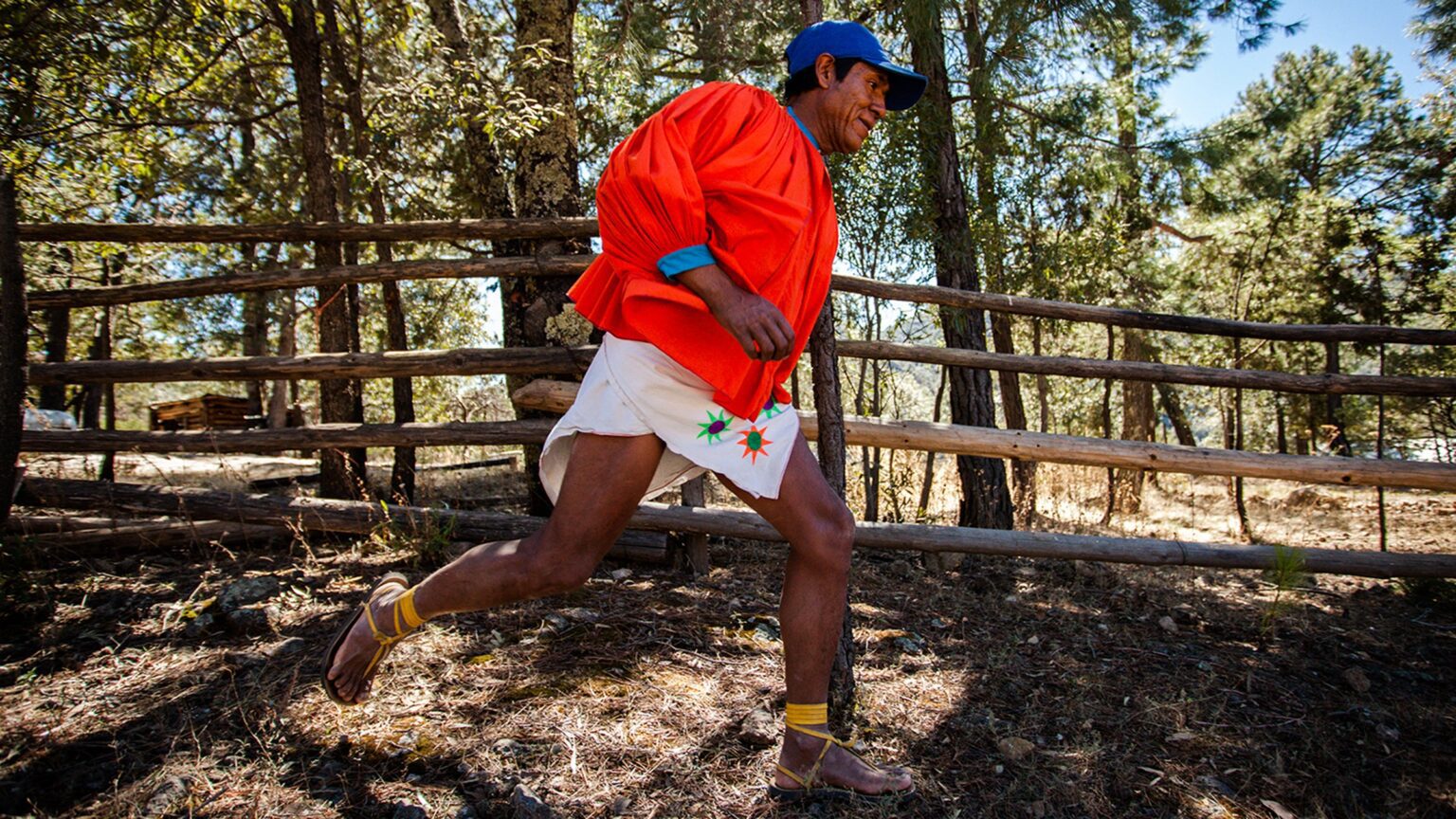Exploring the Impact of Barefoot Running Culture and Tarahumara Heritage
About a decade ago, barefoot running gained popularity, propelled by Christopher McDougall’s influential book, Born to Run. The book suggested that traditional running shoe companies had misled runners into believing that cushioning was essential for performance. Many, including the author, initially embraced the idea and invested in “barefoot” shoes, only to discover that this new trend didn’t necessarily enhance their running experience. Over time, a significant part of the running community returned to standard footwear, questioning the efficacy of minimalist options.
The Influence of the Tarahumara People
McDougall’s narrative prominently features the Tarahumara, a community in Mexico’s Copper Canyon renowned for their incredible endurance running, often in simplistic sandals. The upcoming documentary, The Infinite Race, directed by Bernardo Ruiz, expands on the themes introduced in Born to Run. Rather than continuing the mystique surrounding the Tarahumara, this film intends to offer a more nuanced perspective, unveiling firsthand accounts from the community while de-exoticizing their story.
Cultural Misunderstandings and Simplistic Narratives
One striking moment in the documentary involves Silvino Cubesare, a prominent Tarahumara ultrarunner, expressing disbelief at why non-indigenous individuals would choose to run barefoot in urban settings, finding it irrational. The film critiques the narrative that romanticizes the Tarahumara’s running practices as simplistic or primitive, portraying them instead as athletes driven by necessity rather than an aesthetic ideal.
The Commercialization of Barefoot Running
Irma Chávez, a Tarahumara activist featured in the documentary, condemns the barefoot running craze as exploitative, arguing that it capitalizes on misconceptions about her people’s relationship with their environment and culture. Chávez’s perspective emphasizes the importance of understanding that the Tarahumara engage in running as an essential part of their cultural identity, rather than because of supposed performance benefits tied to minimalist footwear.
Challenges Facing the Tarahumara Community
The film highlights the various challenges the Tarahumara face, from narcotrafficking conflicts in their territory to the complexities of ultramarathon tourism. While events like the “Ultra Maratón Caballo Blanco” draw foreign attention and participation, they also introduce disruptive elements into the local culture. The community grapples with whether these events genuinely benefit them economically or merely commodify their heritage.
The Dual Nature of Ultramarathon Tourism
The increasing popularity of ultrarunning tourism raises important questions. While these events have been hailed for boosting local economies, they can also overshadow the authentic cultural practices of the Tarahumara. Cecilia Villalobos, the former director of tourism in Urique, acknowledges the initial positive impacts but highlights the overwhelming presence of foreign interests that often leads to a dilution of the community’s identity and purpose.
Reclaiming the Tarahumara Narrative
As The Infinite Race unfolds, it seeks to reclaim the narrative surrounding the Tarahumara people, showcasing their running not as a spectacle for outsiders but as a celebration of cultural resilience. The documentary portrays traditional races, like rarajipari and ariweta, emphasizing collaboration over competition, thereby underscoring the communal aspects of running that are integral to the Rarámuri identity.
In conclusion, the complex interplay of cultural appropriation, commercialization, and authenticity continues to shape the landscape of running and the perception of the Tarahumara. As we reflect on the issues presented in The Infinite Race, it’s essential to recognize and respect the rich heritage of the Rarámuri and engage with their history sincerely and thoughtfully.
